Maker Board Spotlight: Raspberry Pi Pico W
The Raspberry Pi Foundation is well known for its range of single-board computers that have shaped millions of maker projects all around the world. While the machines were initially designed for use in education and maker projects, they quickly became an ideal platform for some commercial projects as they are easily upgradable. Some projects also combine the power of a PC with the GPIO of a microcontroller and are extremely compact for their capabilities.
Download the official Pi Pico W product brief pdf
Download the official Pi Pico W datasheet pdf
Download the Pi Pico W getting started guide pdf
Buy the Pi Pico from the Electromaker store
But for all the capabilities offered by the Raspberry Pi, many projects simply do not require the processing capabilities of the Pi and instead need a platform that consumes little energy while providing real-time access to GPIO. Thus, the Raspberry Pi Foundation released the Raspberry Pi Pico microcontroller board based on an entirely custom microcontroller called the RP2040. This microcontroller was an instant success by offering makers a dual-core ARM Cortex processor with on-chip SRAM, USB programmability, and a wide range of peripherals.
Still, makers involved with internet-enabled projects felt left out as the Raspberry Pi Pico lacks connectivity options. And so, we are gathered here today to witness the union of the Raspberry Pi Pico and the Infineon CYW43439 Wi-Fi module with the introduction of the Raspberry Pi Pico W.
What’s included with the Raspberry Pi Pico W?
The Raspberry Pi Pico W is a microcontroller development platform that combines the RP2040 with a Wi-Fi controller to allow for the creation of internet-enabled RP2040 projects. The Pico W board has the same pinout and form factor as its predecessor, the Pico, which makes it a drop-in compatible solution for those looking to upgrade their pre-existing projects.
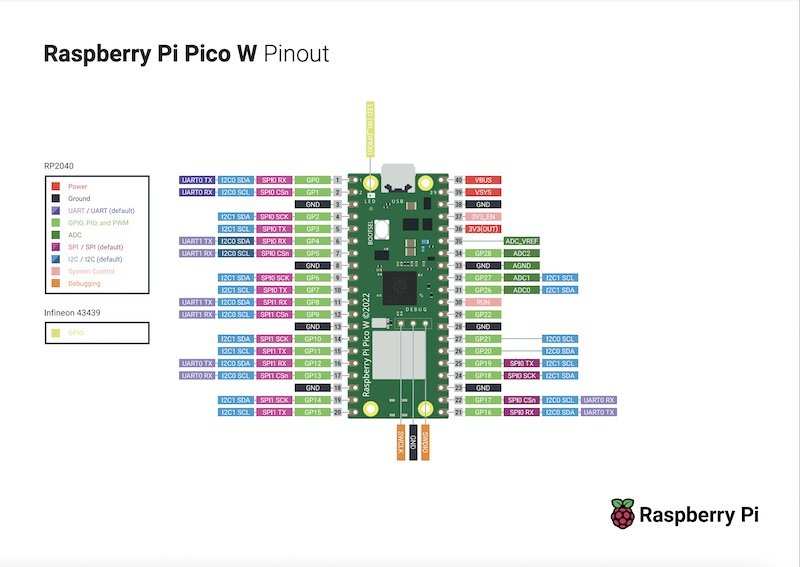
All GPIO are numbered anticlockwise starting from the top left of the board in a sensible fashion, and all GPIO are connected to 2.54mm pitched holes ideal for connecting to breadboards, stripboards, and PCBs through the use of pin headers, these holes are also castellated meaning that they can be surface mounted directly to PCBs for use in permanent applications.
The Raspberry Pi Pico W also includes an inbuilt switch mode power supply (SMPS) that allows for the Pico W to be powered by external voltages between 1.8V to 5.5V, and thus allows for use with single coin cells, multiple AAA batteries, or USB. The kit comes with a USB micro-B cable for programming, and example firmware can be found on the official Raspberry Pi Pico W support site.
Raspberry Pi Pico W Specifications
At the heart of the Raspberry Pi Pico W is the RP2040 microcontroller; an entirely custom microcontroller designed by the Raspberry Pi Foundation that uses 40nm technology for improving energy performance. The RP2040 integrates a dual-core ARM Cortex-M0+ CPU with a core frequency of 133MHz and 264KB of on-chip SRAM used for both program and data space. Externally to the RP2040 is a 2MB QSPI Flash chip for holding programs that are loaded in during boot, and appears as a flash drive when connected to a computer via USB (this allows for drag and drop programming of firmware files).
Download the Raspberry Pi Pico W datasheet
The RP2040 microcontroller has 26 GPIO pins operating at 3.3V with three of these pins being available as analog inputs. Peripherals integrated into the RP2040 include 2 x UART ports, 2 x SPI ports, 2 x I2C ports, and 16 x PWM channels. Additionally, the RP2040 also includes 2 x PIO 8 state machines that can be programmed with simple logic states for the creation of custom communication protocols and signal generators (such as VGA H sync and V sync).
Wi-Fi capability on the Raspberry Pi Pico W is achieved with the use of the Infineon CYW43439 Wi-Fi module that supports 2.4GHz single-band Wi-Fi at 802.11 b/g/n speeds. Additionally, the CYW43439 allows for up to 4 simultaneous SoftAP connections, and an onboard antenna removes the need for external connections. Like the RP2040, full access to the module is available through C and MicroPython.
Additionally, the development board also integrates a 3-pin header connection for use with serial wire ARM debugging, and the use of a USB micro-B ensures backward hardware compatibility with pre-existing Raspberry Pi Pico projects. Finally, the Raspberry Pi Pico W has an operating temperature range of -20˚C to +70˚C making it applicable in a wide range of different environments including industrial and commercial.
What can you do with the Raspberry Pi Pico W?
Just like its predecessor, the Raspberry Pi Pico W is ideal for microcontroller projects that need to minimize energy consumption while having access to GPIO in real-time. As such, the Raspberry Pi Pico W is ideal for creating low-cost machinery, interfaces, and sensor platforms while its support for MicroPython makes it ideal for use as a teaching platform and for simplifying microcontroller projects.
The addition of the CYW43439 module also makes the Raspberry Pi Pico W ideal for internet-enabled projects including IoT, smart homes, smart spaces, environmental monitoring, and control systems. Additionally, the ability to host a network also allows for users to interact with the Pico through web interfaces hosted by the Pico itself, and the ability to support up to 4 SoftAP connections allows for the Pico W to create its own private network.
Wireless network capabilities of the Raspberry Pi Pico W also introduce the possibility to support firmware updates over the air (OTA), which can be ideal for improving security and upgrading software features over time. Thus, projects looking to be established in the commercial and industrial space can greatly benefit from long-term security and remote support.
Overall, the Raspberry Pi Pico W can replace the Raspberry Pi Pico in almost all applications, and any project needing a microcontroller board can consider using the Pico W.
Download the getting started guide pdf
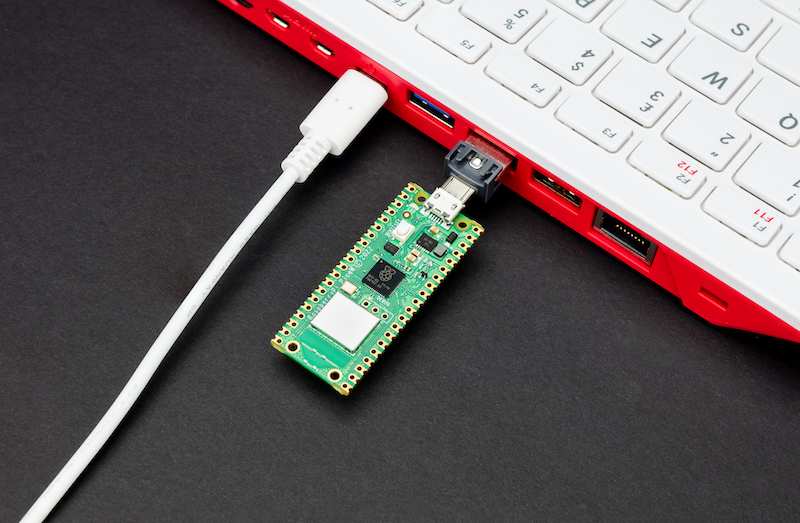
Who should buy the Raspberry Pi Pico W?
The Raspberry Pi Pico W is an excellent platform for all users regardless of experience. Beginners to microcontrollers will appreciate the USB programmability and use of the MicroPython programming language that greatly simplifies microcontroller code while providing powerful libraries while experts will be able to take advantage of the PCB-friendly design and inclusion of many peripherals.
But even for those just looking for a microcontroller to power their next project, the Raspberry Pi Pico W presents a whole range of benefits that are just too hard to ignore. The inclusion of Wi-Fi allows it to compete with the ESP32 in IoT projects while the use of a dual-core CPU allows for applications requiring efficient multitasking. Even if a project doesn’t require Wi-Fi, it is always a good idea to have the capability if future upgradability is important.
Finally, those who want to do away with dedicated external programmers and have the freedom to choose different IDEs, environments, and operating systems will all love to have the Raspberry Pi Pico W in their arsenal of development platforms.
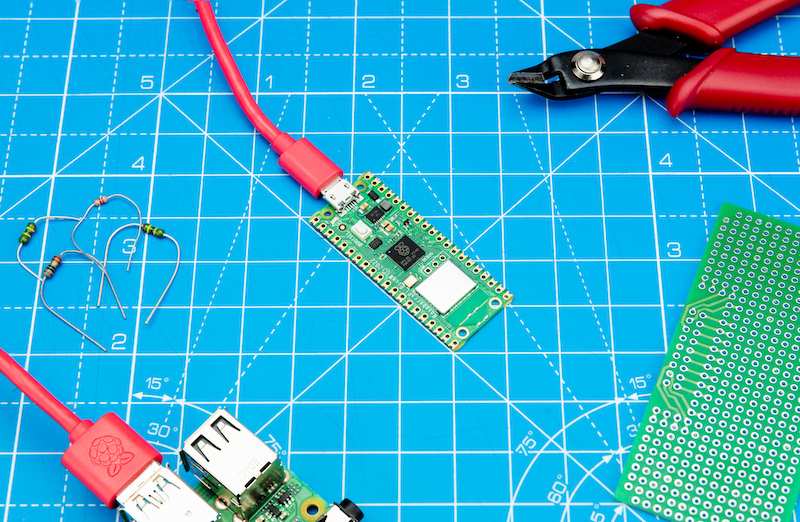
Final Thoughts
The Raspberry Pi Pico W is a powerful RP2040-based platform for creating internet-connected projects thanks to the addition of the CYW43439 Wi-Fi module. The use of USB programming, easy access to GPIO, compatibility with breadboards, and backward compatibility with previous Raspberry Pi Pico’s make it trivial to move to the new platform, and the support for MicroPython along with many complex libraries helps to simplify the creation of new microcontroller projects.




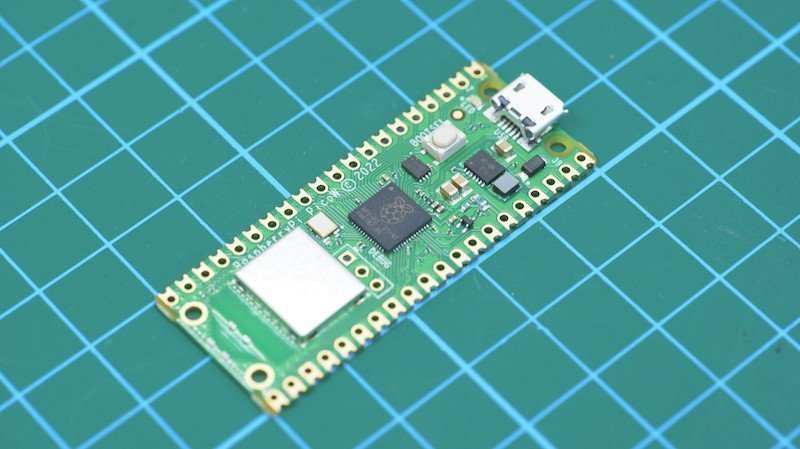
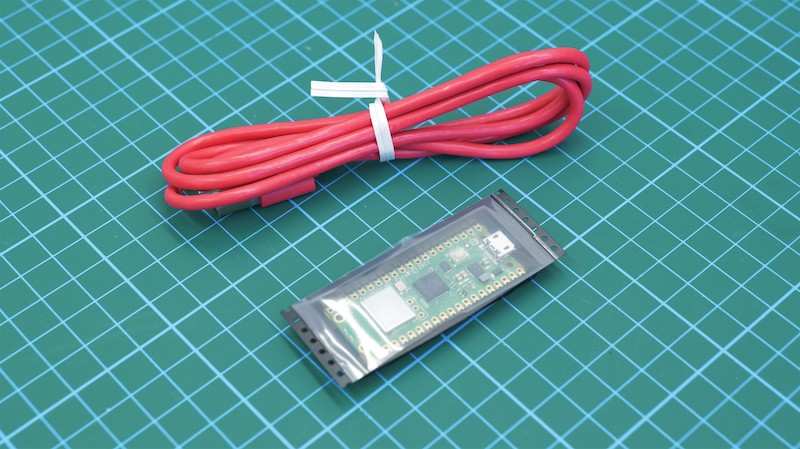
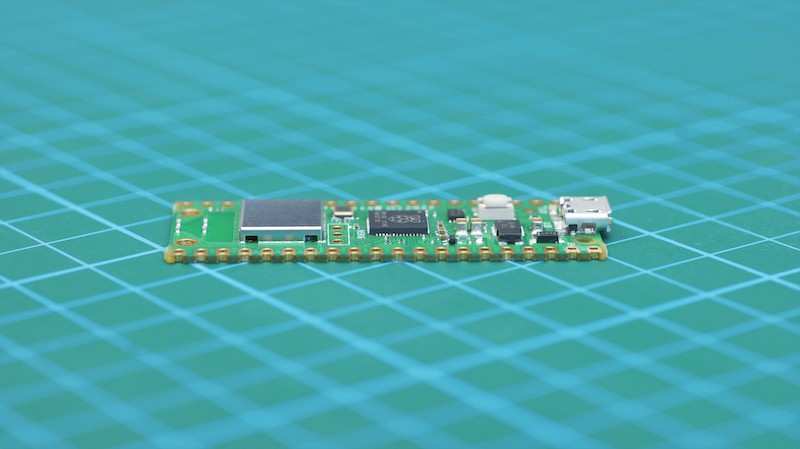




























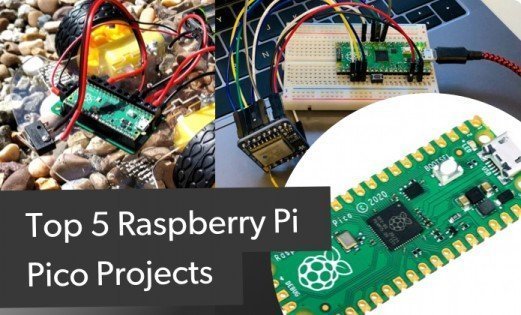











Leave your feedback...